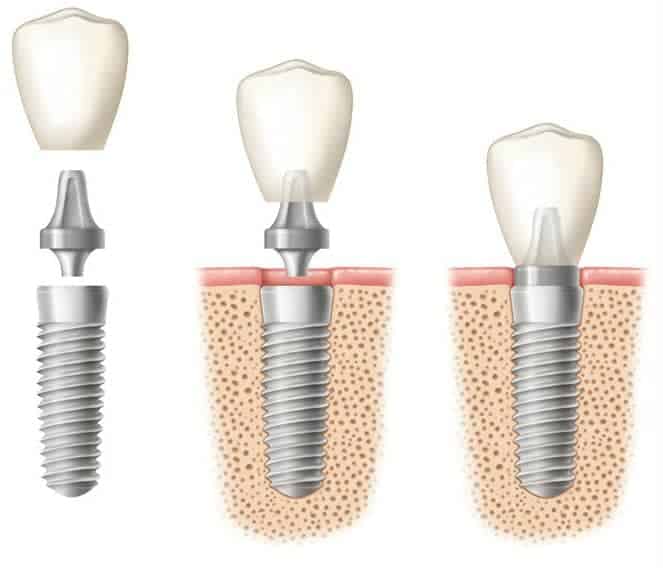I had six Lumineers placed to have a gap closed on my two front teeth. Now, my dentist tells me less than a year later that I have so much bone loss that I need to have my front four teeth extracted and replaced with dental implants. The procedure is going to cost me $11,200 dollars. I paid $4500 for the Lumineers which are now a total loss. I go to the dentist twice a year, but my last x-rays were done three years prior. I do everything I’m supposed to at home. Shouldn’t he have noticed this before giving me an expensive procedure? I asked about a refund on the Lumineers, but he said the best he can do for me is a $1000 credit on the dental implants. I’m so upset about this. Do I have any recourse?
Laura
Dear Laura,
I am not going to waste your time. Your dentist is a disgrace to the profession. Most dentists are caring and ethical, but you ended up with one on the wrong side of things. He’s been negligent with your care. Additionally, he did a major and expensive procedure without the proper diagnostics, which were simple x-rays. They would have been especially more important because of how long it had been since your last x-rays.
You are actually in quite a good position here. Because of his negligence, you don’t have to ask for a refund, you can demand it. Tell him if he refuses this time, he will be hearing from your lawyer. That is actually being generous because I think you would get more than a refund if it were to go to litigation.
About these dental implants. Based on what I know of your dentist thus far, I want you to get a second opinion. If it does turn out you need them, don’t let this dentist anywhere near you. Find a dentist with experience placing them. To put your mind at ease about the possibility of false teeth, dental implants are not like your granny’s false teeth. These are totally secure and are like having healthy, natural teeth back in your mouth.
If there is as much bone loss as your dentist says. Your gum disease and bone loss will have to be addressed. A bone grafting procedure can build back up the bone.
This blog is brought to you by Atlanta Periodontist Dr. David Pumphrey.



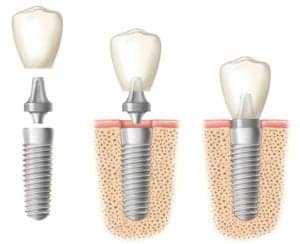 That’s why
That’s why 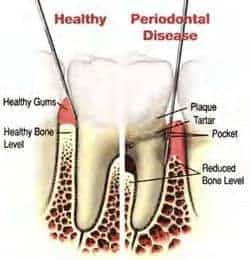 In the early stages, the gums can become inflamed or infected, and as it progresses, the inflammation spreads to the bone structures that support the teeth, leading to gum recession and bone loss. The diagram on the right shows this progression from a healthy tooth with full gum and bone support on the left to a diseased tooth on the right where the gum has receded, along with the bone.
In the early stages, the gums can become inflamed or infected, and as it progresses, the inflammation spreads to the bone structures that support the teeth, leading to gum recession and bone loss. The diagram on the right shows this progression from a healthy tooth with full gum and bone support on the left to a diseased tooth on the right where the gum has receded, along with the bone.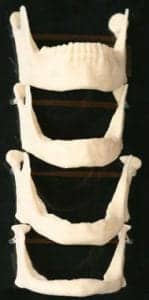 When we lose most or all of our teeth, this process of resorption proceeds quickly at first and then slows down, and over the course of just ten to twenty years, we can begin to see the signs of facial collapse. The illustration to the right shows four jawbones. The first one still has a full set of lower teeth, and you can see that the jawbone is still present and healthy. In the second jawbone, there has been some vertical bone lost. And finally, in the last two, so much bone has been lost that it would be impossible to even support dentures.
When we lose most or all of our teeth, this process of resorption proceeds quickly at first and then slows down, and over the course of just ten to twenty years, we can begin to see the signs of facial collapse. The illustration to the right shows four jawbones. The first one still has a full set of lower teeth, and you can see that the jawbone is still present and healthy. In the second jawbone, there has been some vertical bone lost. And finally, in the last two, so much bone has been lost that it would be impossible to even support dentures.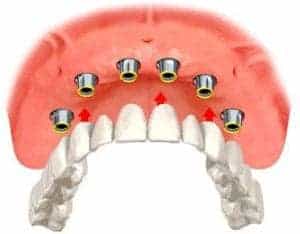
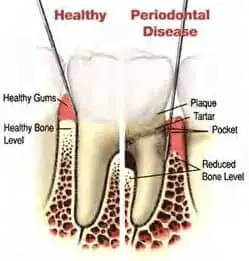 It sounds like your dentist has referred you to a good periodontist where your gum disease can be fully diagnosed and treated. What she may have been referring to in terms of advanced technology is the
It sounds like your dentist has referred you to a good periodontist where your gum disease can be fully diagnosed and treated. What she may have been referring to in terms of advanced technology is the 